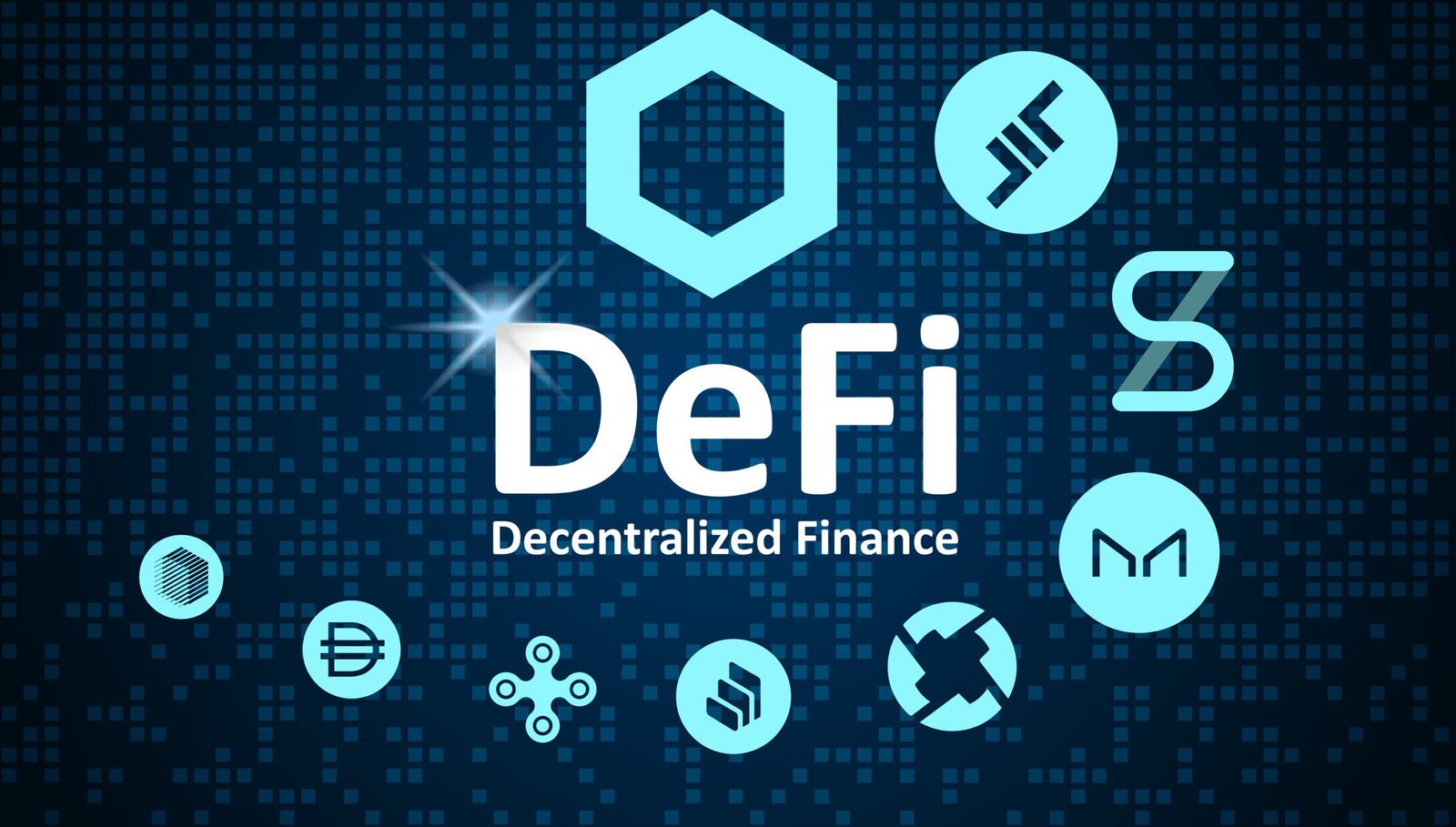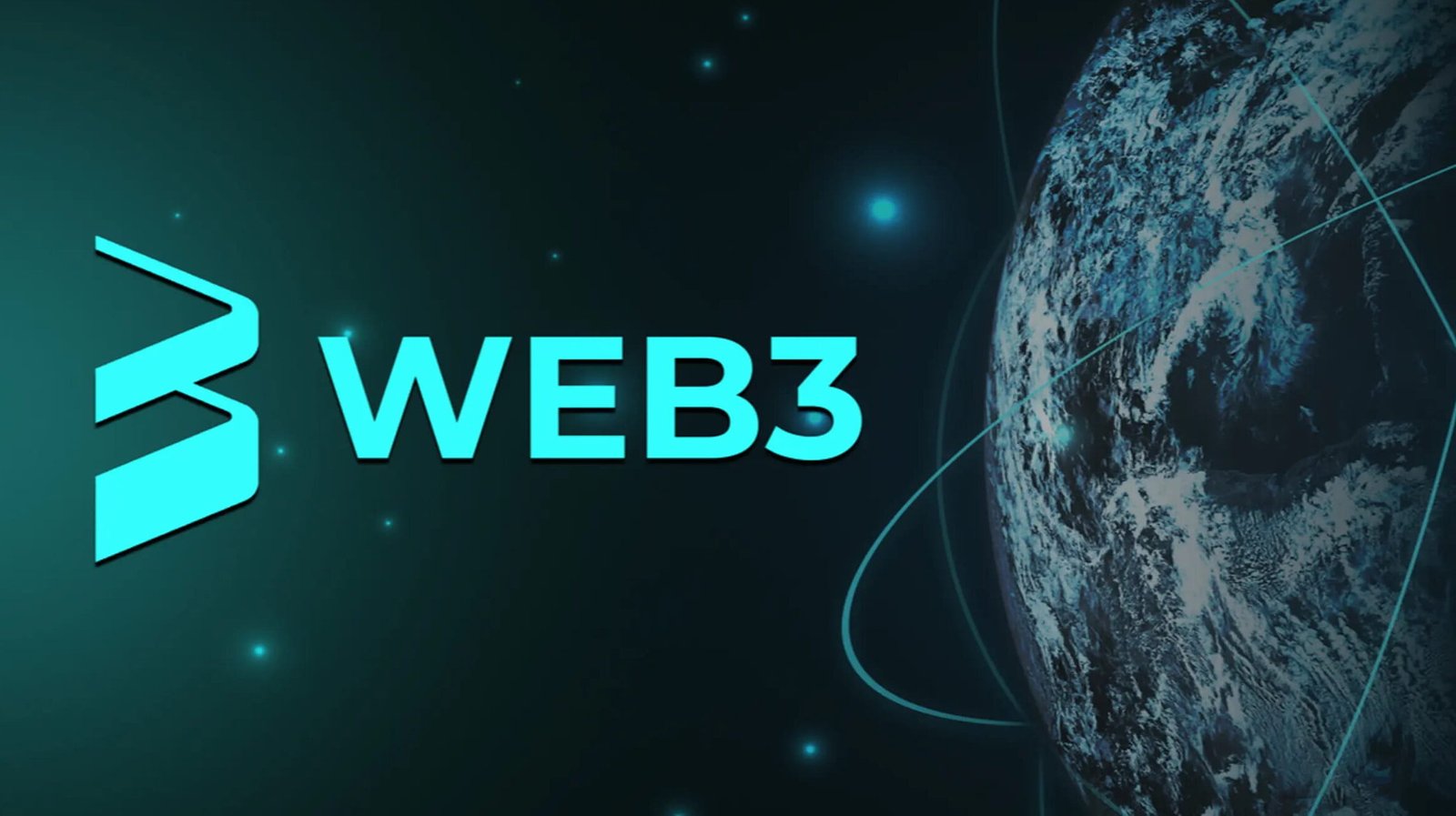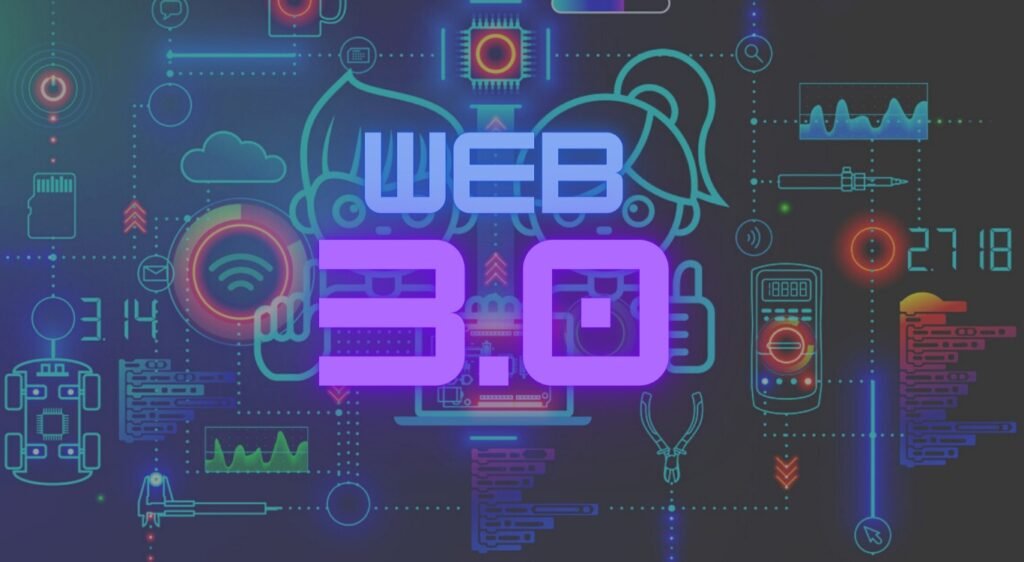Rising Web3 technologies are transforming the global financial scene in 2025 and proving a potent weapon for increasing financial inclusion. Rooted in decentralization, openness, and user empowerment, Web3 is opening doors for millions of people who have traditionally been left out of the mainstream financial system. For underprivileged groups, this change promises to make financial services more fair, reasonably priced, and easily available.
Web3: Decentralizing Finance for All
Often called the third generation of internet technologies, Web3 stresses user ownership and decentralization. While Web 2 mostly depends on centralized platforms and institutions, Web 3 runs via blockchain networks that permit direct peer-to-peer communication. This basic change is especially transforming in the financial industry, where conventional banking systems may exclude people owing to regional restrictions, lack of official identity, or exorbitant transaction fees.
Through distributed architecture, Web3 platforms eradicate intermediaries, lowering running costs and increasing access to financial tools. Furthermore, blockchain’s transparent and unchangeable character promotes responsibility and confidence by allowing people to control and validate their financial transactions free from centralized power.
DeFi: Unlocking Finance Without Banks
DeFi, or decentralized finance, is among the most important developments in the Web3 ecology. Users of this new financial model can access lending, borrowing, trading, and saving without first passing through established financial institutions. DeFi systems leverage smart contracts—self-executing agreements stored on Blockchain Networks to enable safe and automated transactions.

Those who are unbanked or underbanked notably find great value in this approach. Users can get loans or engage in investment possibilities by utilizing digital assets as collateral, negating the requirement for a credit score or a bank account. DeFi systems can feature financial tools and instructional materials to enable users to manage their assets properly, hence fostering financial literacy and self-sufficiency.
Tokenization: Democratizing Wealth Creation
Tokenization is another key component of Web3 Tokens that is changing access to opportunities for wealth-building. This technology generates digital tokens from real estate, goods, and artwork—physical assets—that may be sold or owned fractionally on a blockchain. This makes historically illiquid assets more liquid and opens them to a larger audience.
Practically, this allows folks who couldn’t afford large-scale investments to buy small fractions and profit from appreciation and income. The democratization of investing opportunities allows more individuals, especially from poor areas, to create money and plan for the future.
Digital Identity: Web3’s Key to Inclusion
A main obstacle to financial inclusion is the dearth of trustworthy identity documentation. Many people in underdeveloped nations lack access to banking and government services only because they cannot prove who they are. Web3 tackles this problem using distributed identification systems, enabling users to generate and oversee their digital identities on blockchain networks.
These digital identities are self-sovereign; hence, people have complete control over their data and can share it only as needed. For people without official documentation, this technique improves privacy and security and offers a dependable and verified way of identification. People with a trustworthy digital identity can access various services, including banking, healthcare, and education, enhancing their overall quality of life.
Interoperability: Bridging Blockchain Networks
If Web3 is to transform financial inclusion, different blockchain systems must cooperate effortlessly. Interoperability is the key enabling ability of different blockchain systems, which lets users interact with a vast spectrum of distributed applications independent of the underlying technology through data communication and sharing.
Projects aimed at interoperability—like Polkadot and Cosmos—enable consumers on one blockchain to access assets and services on another. This guarantees that platform constraints won’t leave anyone behind and broadens the ecosystem. Cross-chain interoperability improves access and user experience, strengthening the distributed financial ecosystem and increasing its inclusion.
Web3 in Action: Real-World Impact on Inclusion
Many projects now show how Web3 technology may increase financial inclusion. For instance, trust-based lending systems made possible via platforms like Goldfinch let borrowers in developing nations access loans without needing conventional collateral. These solutions are more trustworthy than unofficial lending methods since they guarantee responsibility and openness through blockchain.

Aut.ID is another interesting initiative aiming at developing distributed identity solutions that interact with different credit scoring systems. This lets people without official credit histories show their dependability and ability to use financial services. Furthermore, central bank digital currencies, such as India’s Digital Rupee, offer a digital substitute for cash that may be used for safe and quick transactions in areas with inadequate banking infrastructure.
These initiatives show that Web3 technologies are already clearly improving people’s quality of life rather than being only theoretical inventions. They are closing the difference between the financially included and the excluded by giving access to necessary financial instruments and services.
Overcoming Challenges to Web3 Adoption
Though Web3 promises great financial inclusion, there are challenges on the road. The absence of legislative certainty around blockchain and bitcoin technologies presents one of the main difficulties. Regulation’s uncertainty can discourage consumers from using new platforms and impede creativity.
The disparity in digital literacy adds another obstacle. Many potential users lack the technical knowledge to interact properly with distributed systems or are unfamiliar with Web3 ideas. Moreover, infrastructure constraints such as poor internet connections and restricted access to cellphones still limit involvement in specific areas.
A multi-stakeholder strategy is necessary to handle these problems. Clear, supporting laws created by governments must inspire creativity while safeguarding consumers. Starting educational projects will help raise knowledge of Web3 technology. Furthermore, investments in digital infrastructure are crucial to guarantee that every society has the instruments required to engage in the distributed economy.
Web3: Paving the Way for Inclusive Finance
Web3 is becoming a transforming tool in the search for financial inclusion as we move forward until 2025. Web3 is building a more inclusive, fair, and easily available financial ecosystem using technologies including distributed finance, asset tokenization, digital identities, and interoperable blockchain networks. This technology could empower people and communities long left out of conventional banking systems.
Realizing this promise, nevertheless, will call for coordinated efforts by legislators, teachers, developers of technology, and civic society. Working together to solve the present issues and provide fair access to these instruments will help us to create a time when financial services are a universal right for everyone, rather than only accessible to a privileged few. Web 3 is a catalyst for significant social and economic transformation, not only a new phase of the internet.
